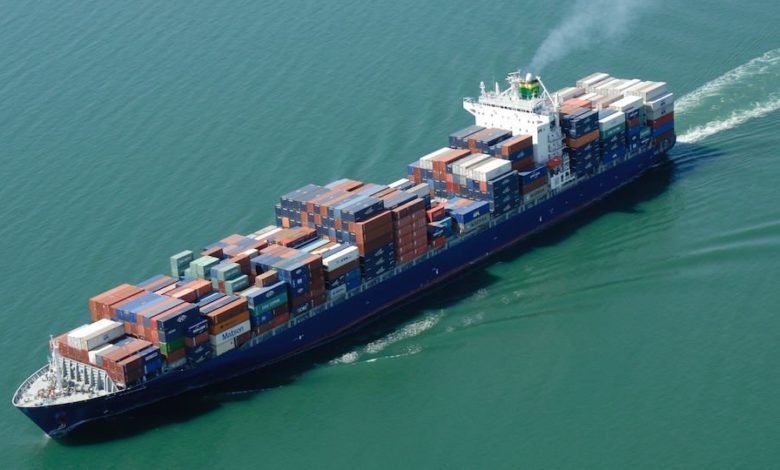Mid-sized tonnage being squeezed out of the future container fleet

The future global containership fleet will have little by way of mid-sized tonnage, according to a new report by brokers Braemar ACM.
“The container ship orderbook is gradually becoming a feeder ship and ultra-large container ship orderbook, with little mid-sized container ship investment,” Braemar ACM noted in a quarterly review of the container trades.
In 2012, the profile of the orderbook represented 25% up to 3,000 teu, 33% 3,000 to 7,499 teu and 42% 7,500 teu and above. Today the percentages look like this: up to 3,000 teu 49%, 3,000 to 7,499 teu 10% and 7,500 teu and above 41%.
“As liner companies continue to upsize and more ports globally are upgraded to accept LCS and ULCS, midsized vessels from panamax up to 7,500 teu could come under increased pressure in securing long-term employment. The large numbers of ULCS units delivered and due to be delivered will likely continue this trend of reducing demand for the midsize ship as large newbuildings create a wave of cascading,” Braemar ACM suggested.
Looking at the container markets in general, the broker was optimistic that the sector was poised for better times.
“If the current improvement in teu volume demand can be maintained and prudent fleet management continues by means demolition and intelligent ordering, the industry has a reasonable chance of a turnaround in the next two or three years,” Braemer ACM concluded.
